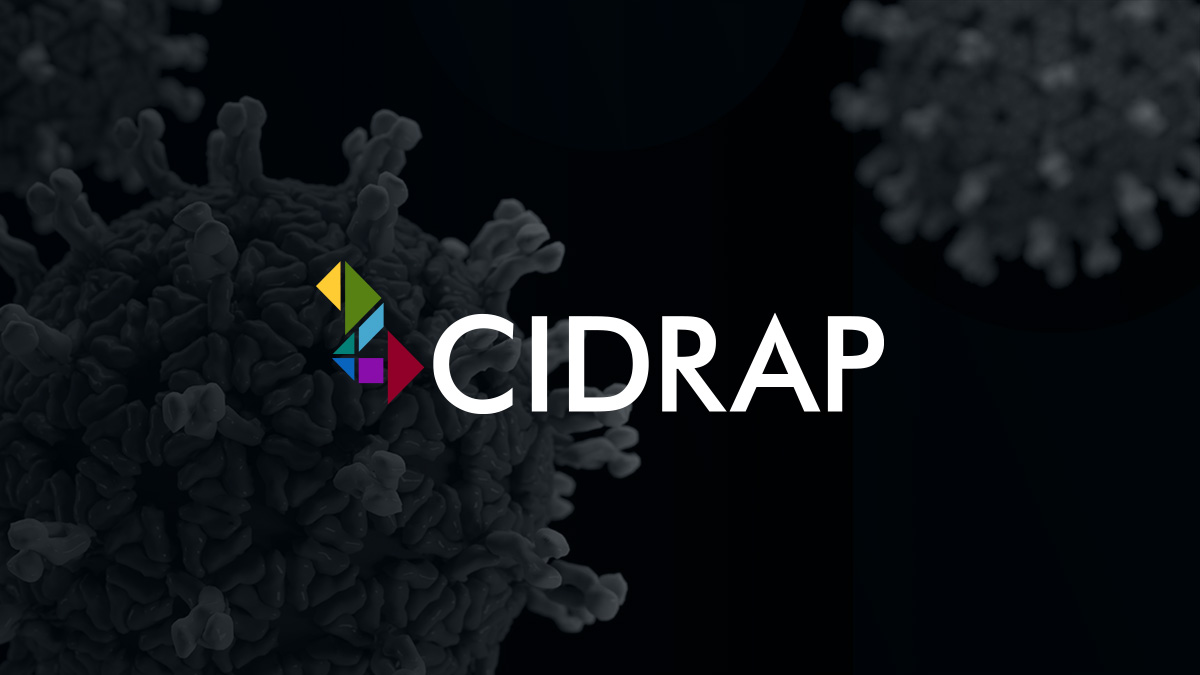Re: Man Made H5N1 - Super Version
Presidential Commission for the Study of Bioethical Issues (PCSBI).
acknowledged that the commission received the FVR's request but
declined to comment on it further.
The letter says that more gain-of-function studies on H5N1 and other viruses
are on the way. A Chinese group is working with H5N1, and a Dutch group is
expanding its H5N1 studies to include work with the H7N7 avian flu virus and
has plans for similar research with the SARS coronavirus.
(and now they got H7N9 ....)
Also, German
scientists recently did experiments to see what it would take for canine
distemper virus to spread from dogs to humans, the letter states.
Presidential Commission for the Study of Bioethical Issues (PCSBI).
acknowledged that the commission received the FVR's request but
declined to comment on it further.
The letter says that more gain-of-function studies on H5N1 and other viruses
are on the way. A Chinese group is working with H5N1, and a Dutch group is
expanding its H5N1 studies to include work with the H7N7 avian flu virus and
has plans for similar research with the SARS coronavirus.
(and now they got H7N9 ....)
Also, German
scientists recently did experiments to see what it would take for canine
distemper virus to spread from dogs to humans, the letter states.




Comment